Flavourful Sourdough Rye Bread – wheatfree
Breads made with white flour and commercial yeasts are predictably light, and fluffy. This 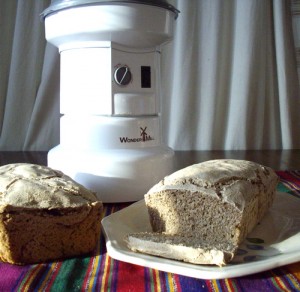 kind of bread is less digestible, and many health ailments are now directly blamed on consumption of wheat and commercial breads. For families removing wheat from their diet, this recipe offers bread without the belly ache. If you are on a gluten-free diet, rye flour is considered a gluten flour. Substituting other flours in this recipe, may not be satisfactory.
kind of bread is less digestible, and many health ailments are now directly blamed on consumption of wheat and commercial breads. For families removing wheat from their diet, this recipe offers bread without the belly ache. If you are on a gluten-free diet, rye flour is considered a gluten flour. Substituting other flours in this recipe, may not be satisfactory.
There is another world of bread to be explored. Bread that is denser, and more flavourful, made following traditional recipes, leavened with lacto-fermentation and wild yeast. These breads, like pumpernickel rye, and Russian black bread, have had the harmful phytates, naturally present in grains, removed through fermentation. This makes them easier to digest, while adding good lacto-bacteria, and complex sour-sweet flavours. Fermentation also increases the B vitamin bio-availability. In fact, traditional Russian black bread, not the wheaten breads that pose as Russian black bread today, was a staple during the siege of Leningrad in WW 2 and kept many Russians alive during war time.
This bread takes a full week to make from scratch. It will make 2 loaves of dense sourdough rye bread. Because no wheat flour is used in the recipe, the gluten is weaker, and the breads are denser, with a more chewy texture. This bread is similar to the small, narrow loaves of black pumpernickel rye bread found in specialty bakeries, although those breads are made with wheat flour, colouring, and yeast to achieve a look-alike, less healthy alternative.
Sourdough Rye begins with making the starter. If you already have a starter add 1 cup of rye flour and one cup of filtered water on the morning of the day you want to use it to make bread. At noon or about 4 hours later, remove 4 cups from the starter to make your bread and put 3 cups aside for the perpetual sourdough starter, and proceed to the bread recipe.
To make the sourdough starter (Makes 8 cups)
2 cups of rye flour, freshly ground
2 cups of filtered water
½ tsp. sea salt
1 ½ tsp. additional sea salt
6 cups Additional rye flour, freshly ground
6 cups Additional filtered water
Mix 2 cups of rye flour, 2 cups of filtered water and ½ tsp. of sea salt in a 2 quart glass jar. Cover with a cloth secured with a rubber band (don’t use a 2 piece canning lid because as the fermentation begins the pressure will build inside the jar and it might break.) Leave jar in a warm place to ferment.
Do not add sugar to this recipe as you are making the sour dough. Sugar encourages yeast proliferation at the expense of lacto-fermentation. Lacto-fermentation is responsible for the complex sour dough flavours, and the increase in nutrients in this bread.
On day two and each day for 6 days, transfer jar contents into a clean jar, add 1 cup of rye flour, freshly ground, and 1 cup of filtered water. Stir well. Cover with cloth and elastic band. On day 3, day 5, and day 7, add ½ tsp of salt to the mixture, along with the flour.
The jar will become bubbly and the sourdough will begin to develop an appealing aroma on day 2 or 3. The fresher the flour is, the more active the fermentation will be. For best results grind the flour on the same day that you combine it with the water. If you grind the flour ahead of time, store it in the fridge and bring one cup to room temperature before combining with your sourdough mixture.
The Wondermill Grain Mill is so convenient, and fast, you can grind your flour daily, while you do other kitchen tasks. So, while it is complicated to explain the procedure to you, it is very quick to actually do it, taking only a few minutes each day.
On the seventh day you are ready to use the sour dough.
This sourdough is lacto-fermented and contains healthful lacto-fermented bacteria, as well as wild yeasts from your kitchen. Bread made from it will taste differently than store bought breads with a complex, sweet-sour flavour. This sourdough starter may be kept working by adding 2 cups of rye flour and 2 cups of filtered water once a week. Remove 2 cups to use in another sour dough recipe at least once a week, as well. This feeds the lacto-bacteria and yeasts to keep the starter active. If you wish to take a break from your starter, store it in the fridge. If you wish to stop using it, you can simply use it up and not replace it, knowing you can start it up again with fresh rye flour and water, when you want to.
Sourdough Rye Bread Recipe
To use the sourdough, put asided 4 cups of sour dough for your next batch. Add 1 cup of rye flour and 1 cup of filtered water to the jar and set it aside in a warm place to keep the sourdough perpetual.
Sourdough Rye Bread (makes 2 loaves)
4 cups of sourdough starter
6 to 8 cups of rye flour, freshly ground
1 tsp. sea salt
In a large bowl add the sour dough starter, and 4 cups of freshly ground rye flour and all the salt. Mix well with a dough hook or with a large handled wooden spoon, until flour is well combined. Set aside for 2 hours in a warm place. Dough will be bubbly.
Add the remaining flour 1 cup at a time to form a soft dough. You will need to knead the final two cups in with your hands. The dough will not get as elastic and smooth as wheat bread dough. Rye gluten forms shorter strands. Fold over the dough with your hands, inside the bowl to incorporate the dough. When you are done, you should still have a soft dough, not a stiff dough.
Immediately divide the dough in half. Form two elongated loaves and place in well greased bread pans. Cover with a damp towel and allow to rise in a warm place until almost to the top of the pan. About 3 to 5 hours. You can leave them rising over night if you like.
Preheat oven to 350F. Place pans in the oven with another pan of water. Bake for 30 to 45 minutes or until golden brown. When done bread will pull away from the sides of the pan and sound with a hollow thud when tapped on the bottom.
Remove from pan and allow to cool completely before slicing very thinly.
This bread is very good with a hearty soup, like Russian Borscht or Minestrone, butter, and artisan cheeses.
This recipe is an adaptation of a recipe in Sally Fallon’s Nourishing Traditions (San Diego: Promotion Publishing, 1995) p. 463-465.
Variations:
Traditional pumpernickel rye bread is baked slowly for 4 to 8 hours at 250F. The bread darkens from the long baking process, in a steam filled oven. I’ll leave it to you to experiment if you are looking for this effect. The long, slow cooking time changes the flavour as the natural sugars in the fermented dough caramelize, intensifying the sweetness of the bread. Sprouted rye berries can also be added to the dough before the final kneading, for increased colour and sweetness.
Tips for success
Sour dough vitality will be improved if freshly ground rye flour is used each day. While stored rye flour can be used, freshly ground makes a difference when you are capturing the lacto-bacteria and wild yeasts.
Don’t try to knead this bread on your counter, as you would wheat bread. Rye gluten is shorter and it won’t have the same elasticity as wheat bread.
This bread is only risen once after kneading. Rye dough lacks the elasticity of wheat dough and is best if divided and risen in the pan immediately after kneading in the final amount of flour.
Plan to make this bread several days before you want it, to give the sourdough enough time to mature its taste.
Once made the bread improves with letting it sit a few days.
It will stay fresh at room temperature for up to a week.
Enjoy this healthy, complex traditional rye bread, and give yourself a pat on the back. When you make this traditional bread you are making your own yeast, too, just like our ancestors did.
This recipe was shared on:
Wildcrafting Wednesday, Homestead Abundance.


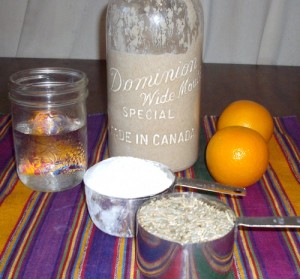
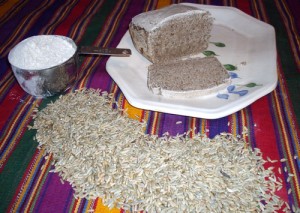

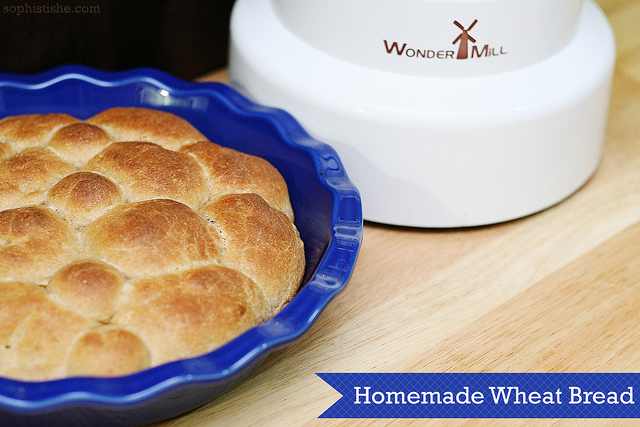
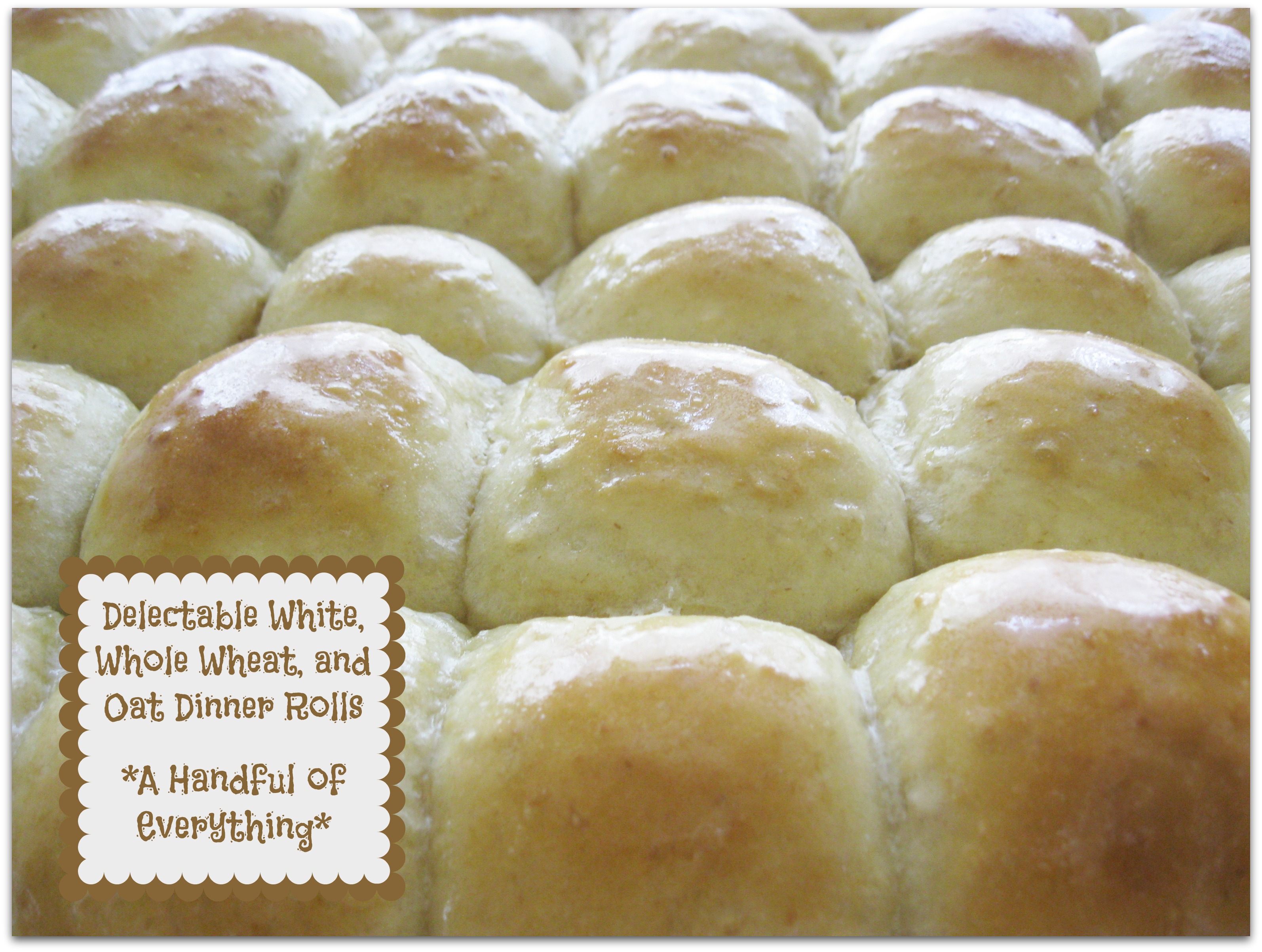
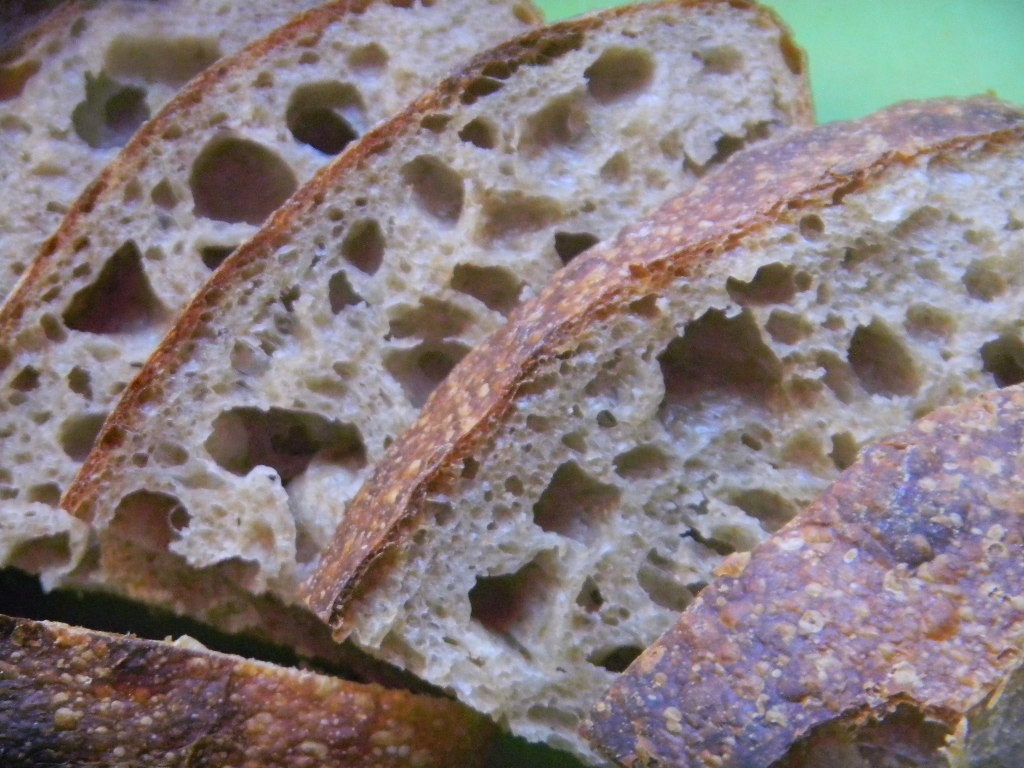
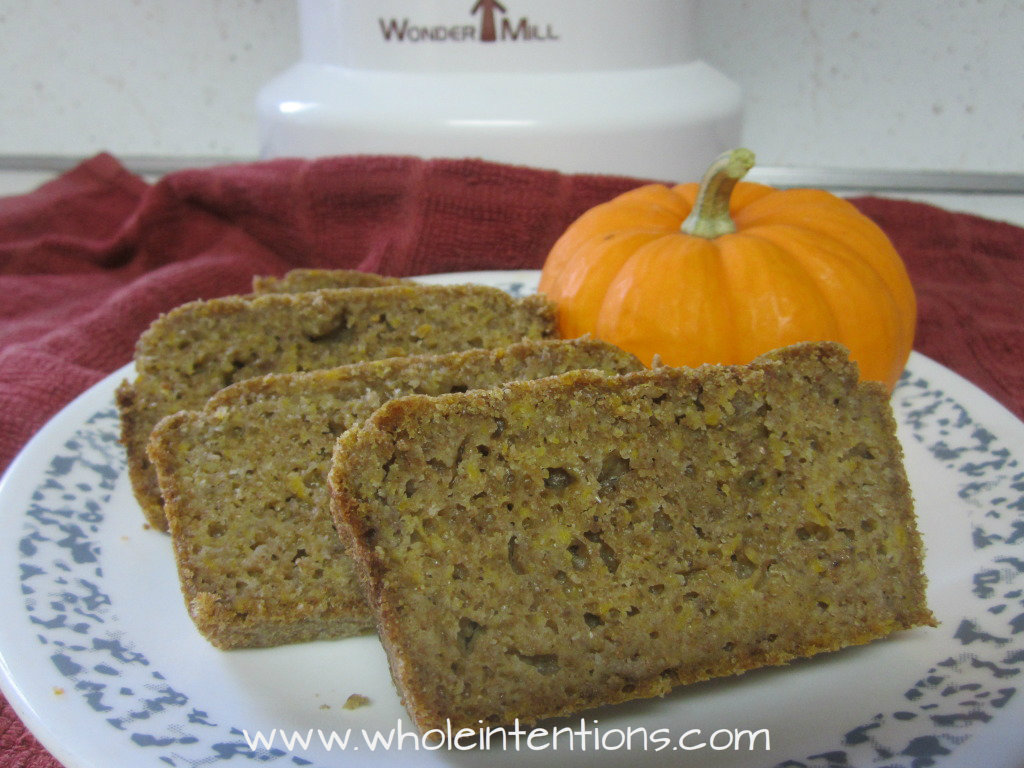
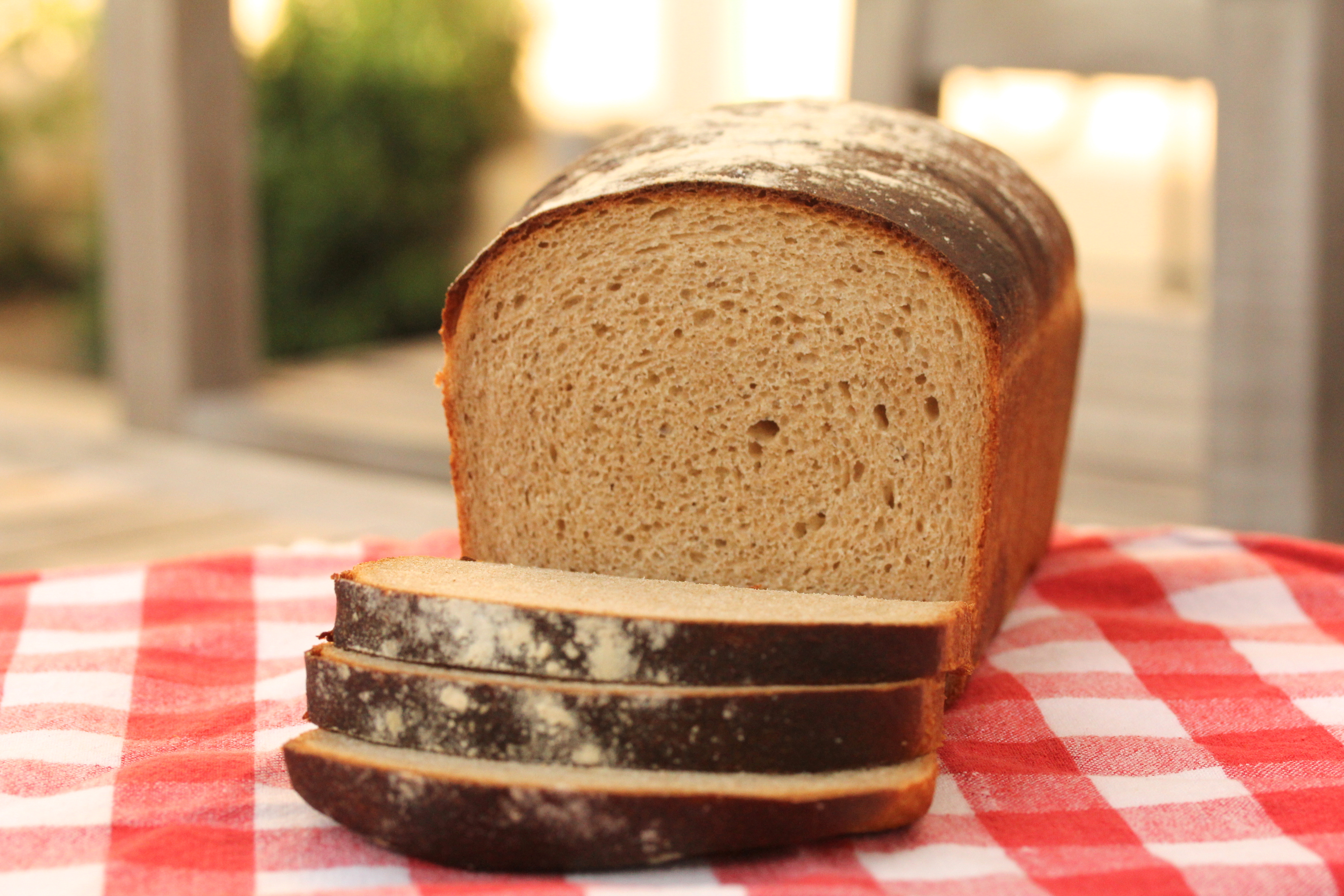

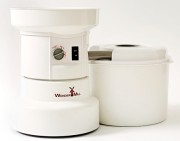
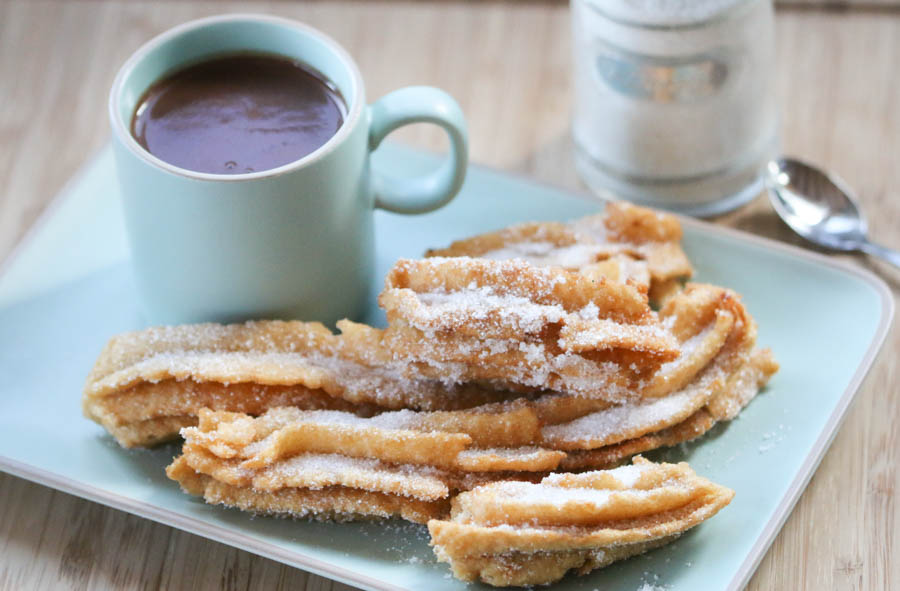
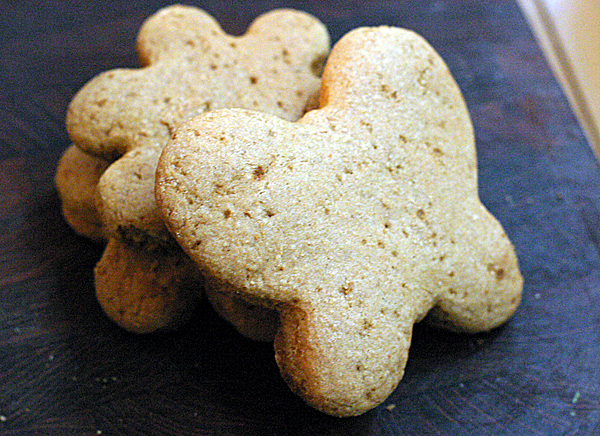

14 Responses to Flavorful Sourdough Rye Bread with only 3 ingredients